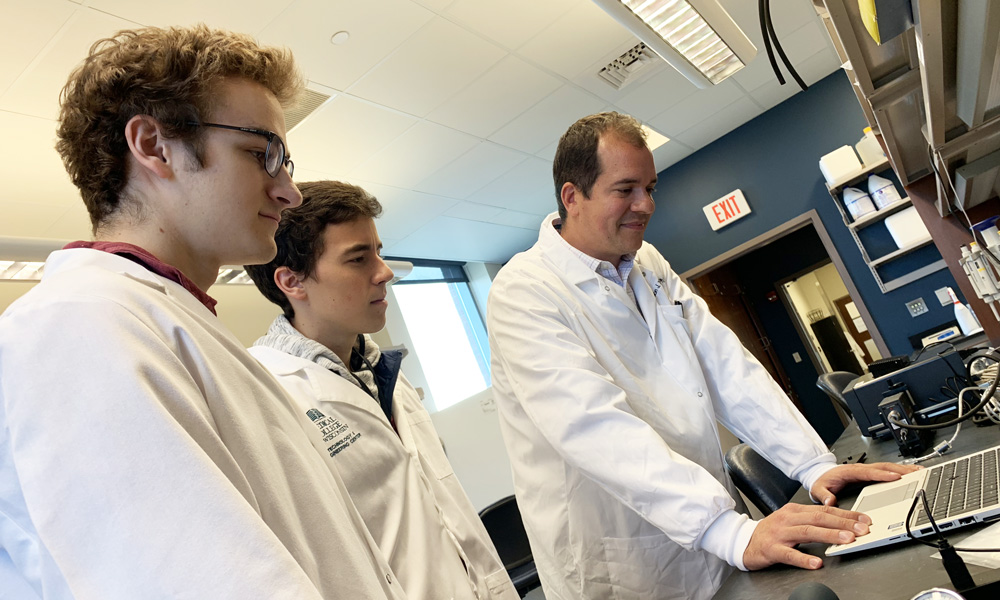Current Projects | Funding
Research at the Cardiovascular Regenerative Engineering Laboratory uses regenerative engineering and nanotechnological techniques to develop living tissue replacements for blood vessels, cardiac valves, and vascular and cardiac patches. Learn more about CaRE's ongoing research below.
Current Projects
Expand all | Collapse all
Magnetic Endothelialization of Flow Diverters
The CaRE Lab is looking develop magnetic endothelialization of flow diverters to mitigate the negative side effects associated with their use in the treatment of cerebral aneurysm.
Learn more about Endothelialization of Flow Diverters
Bioprinting for Hypoplastic Left Heart Syndrome
The team at CaRE is using 3D bioprinting technology to develop new treatment options for patients suffering from Hypoplastic Left Heart Syndrome.
Learn more about Bioprinting for HLHS
Top-Down Prosthetic Heart Valve Fabrication
In order to promote the viability of using self-healing, human-tissue-generated heart valves for patients requiring heart valve repair or replacement, CaRE is developing a top-down approach to prosthetic heart valve fabrication.
Learn more about Heart Valve Fabrication
In Vitro Heart Valve Tissue Engineering
Researchers at the CaRE Lab are looking to create a heart valve that can integrate and grow with its environment. In order to create such a valve, researchers are working on approaches to engineering heart valve tissue In Vitro.
Learn more about Valve Tissue Engineering
Microchannel-Based Endothelialization
The CARE Lab is working in collaboration with the LaDisa Lab to develop a microchannel imprinted synthetic vascular graft capable of maintaining endothelial cell adhesion under physiologic wall shear stress.
Learn more about Microchannel-Based Endothelialization
Funding
Research at the Cardiovascular Regenerative Engineering Laboratory is supported by Marquette University and the Medical College of Wisconsin, with individual grants being awarded on a per-project basis from various institutions, including:


